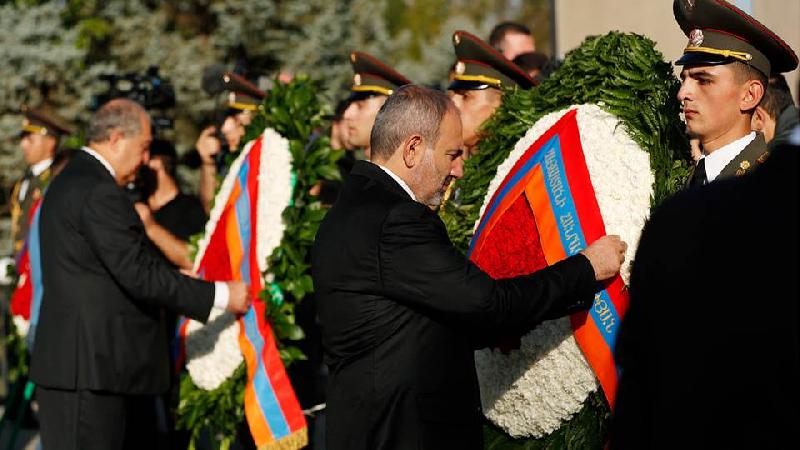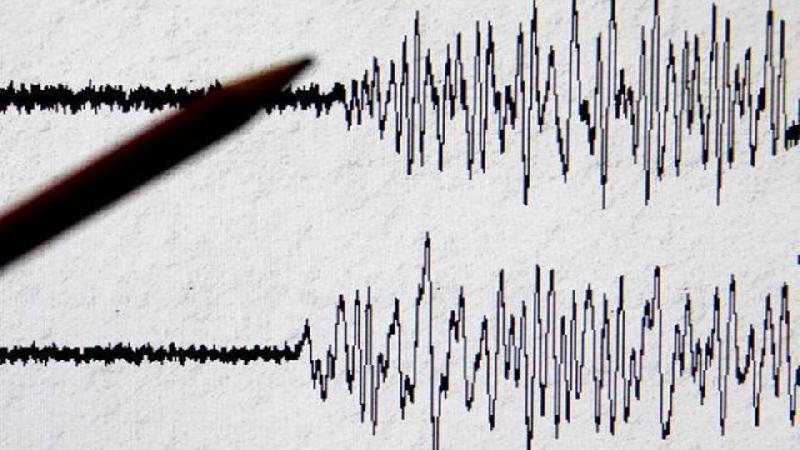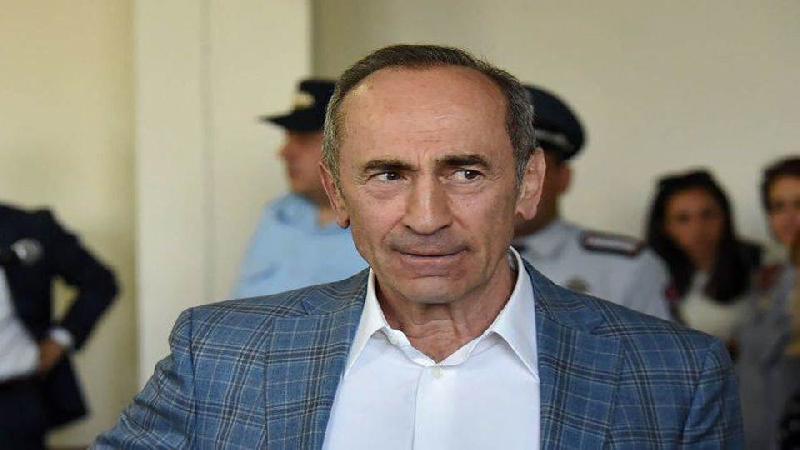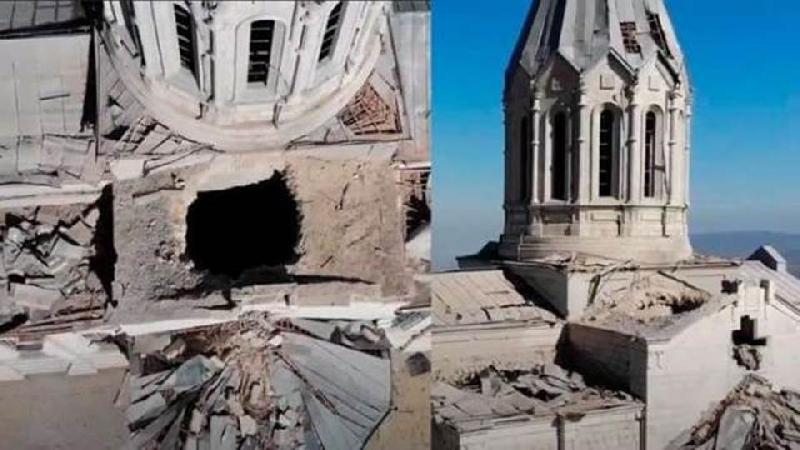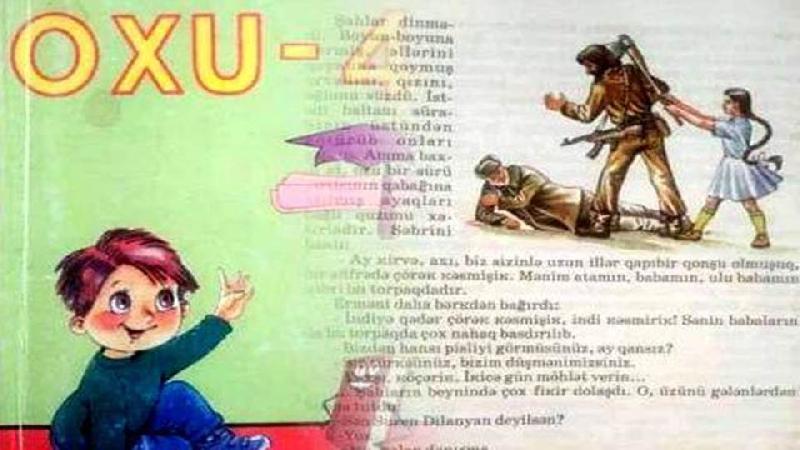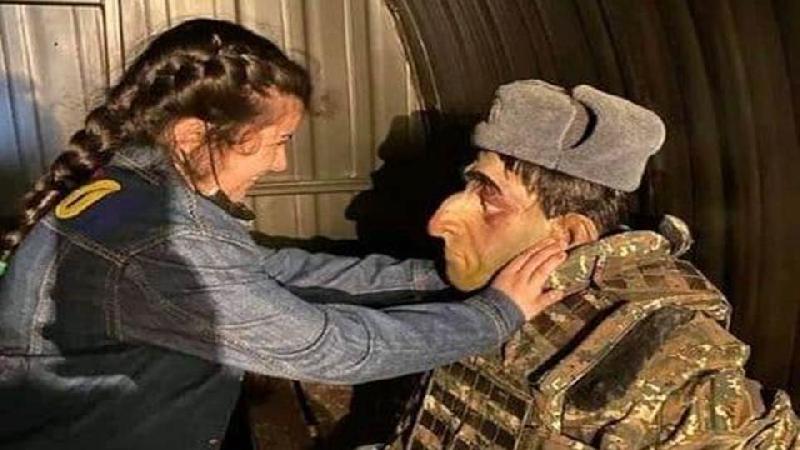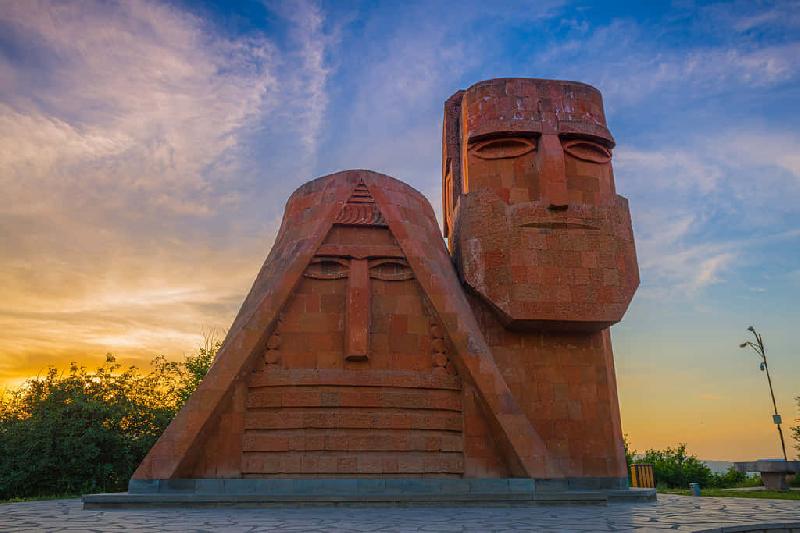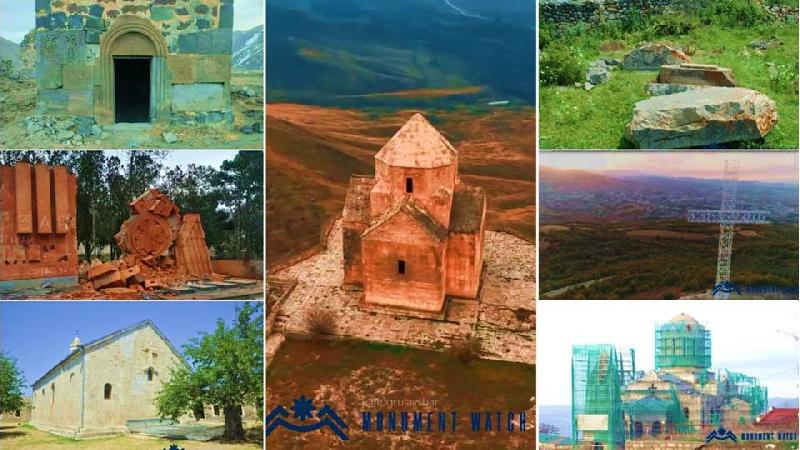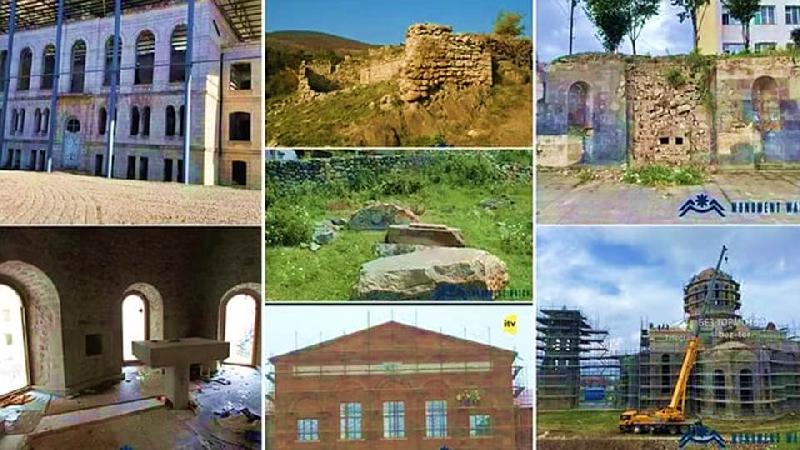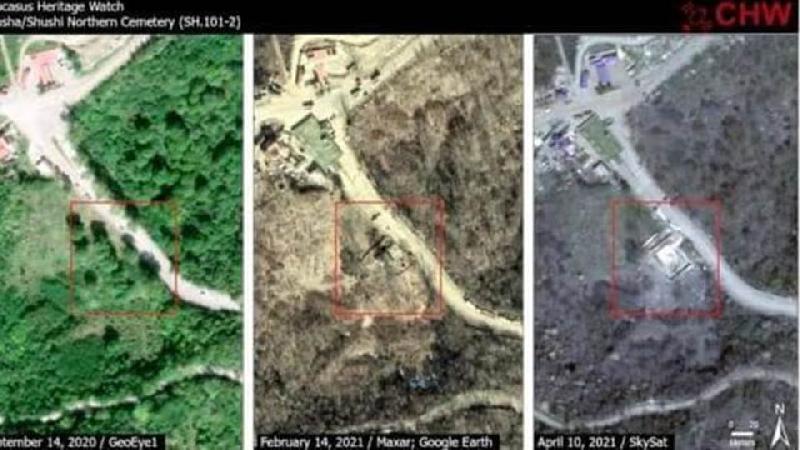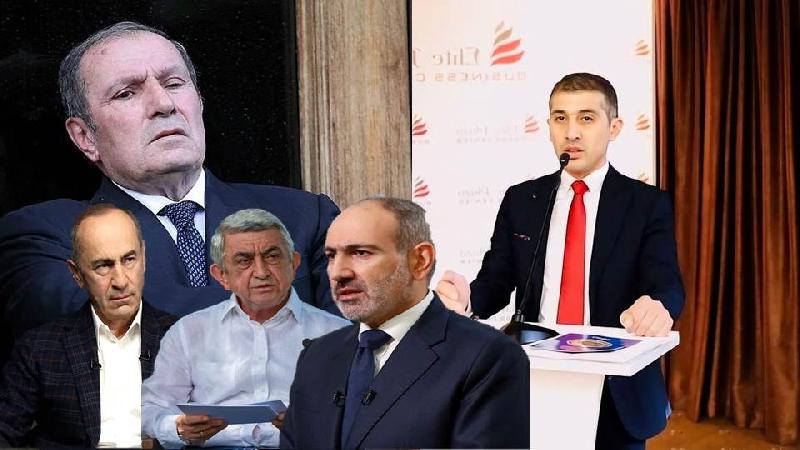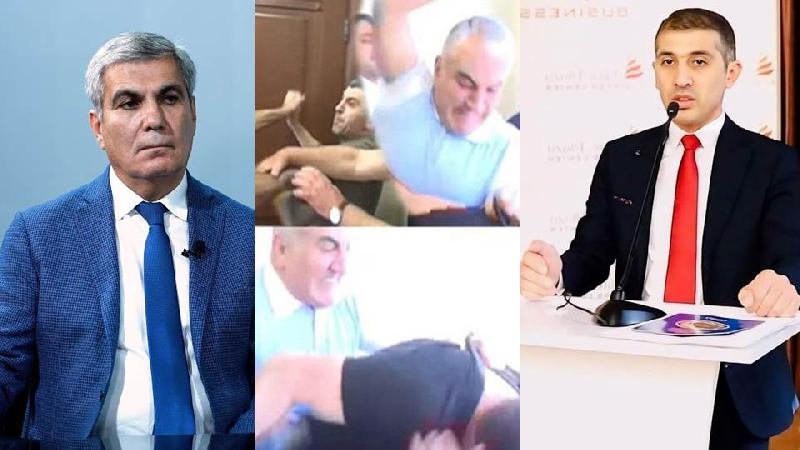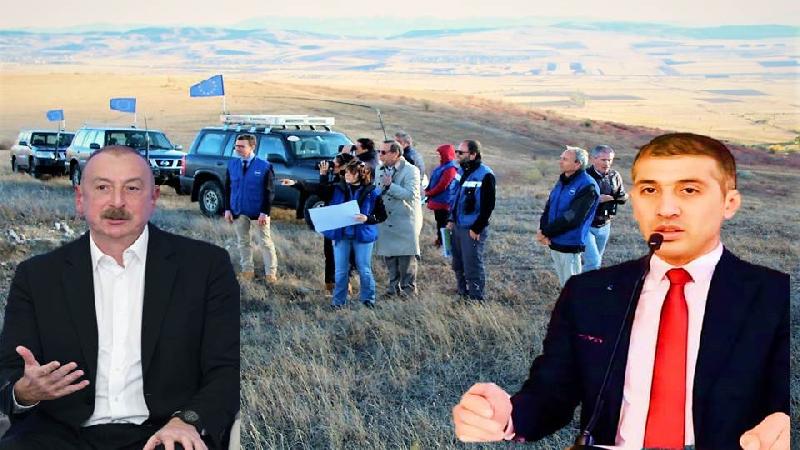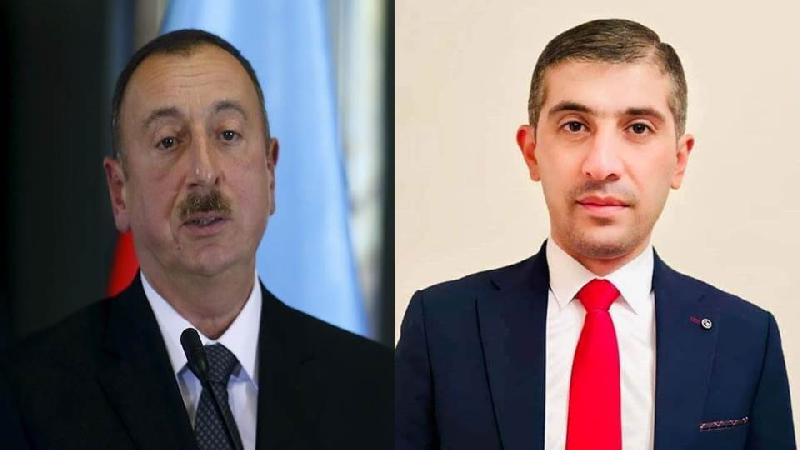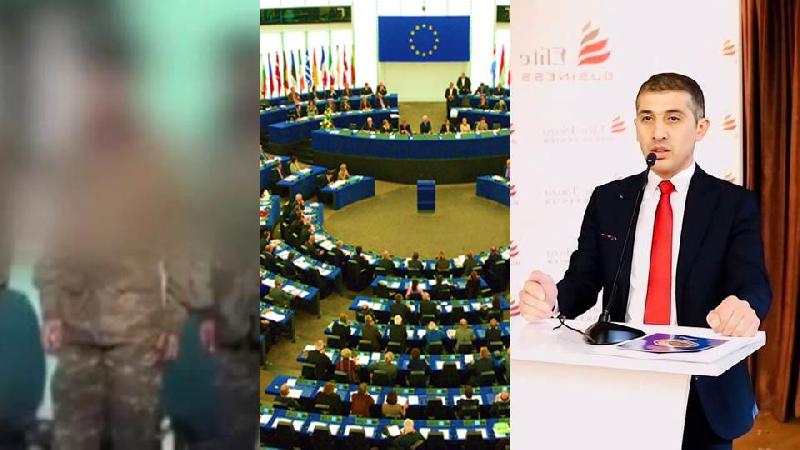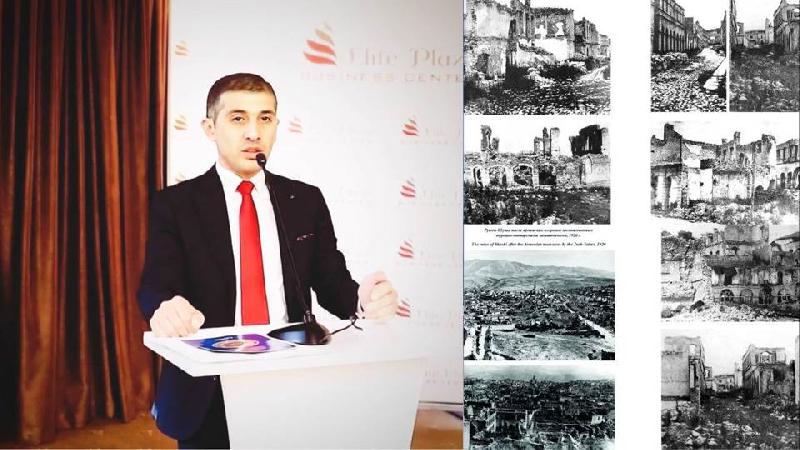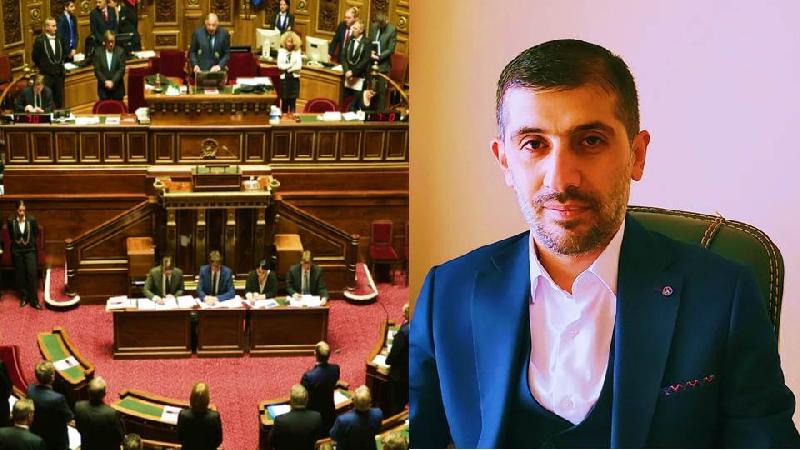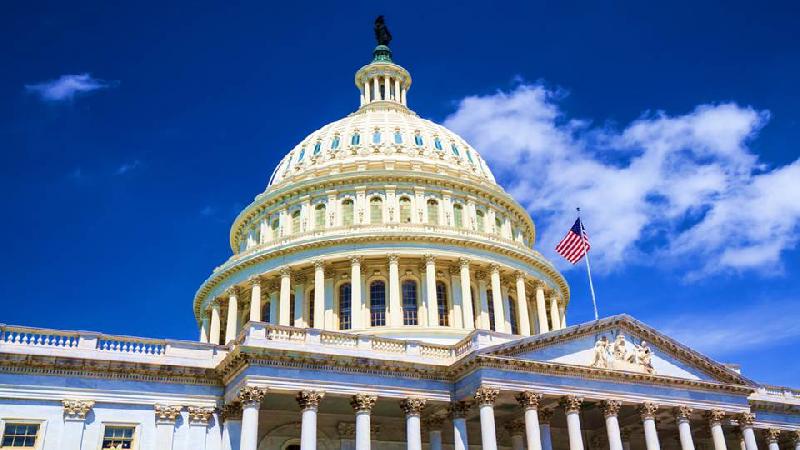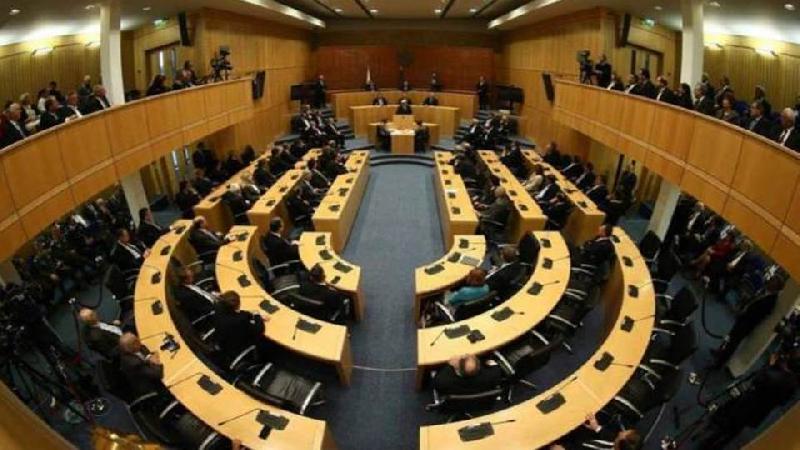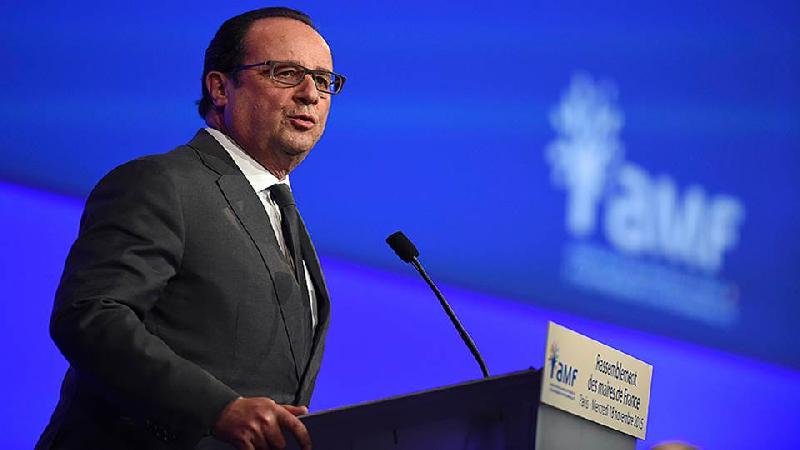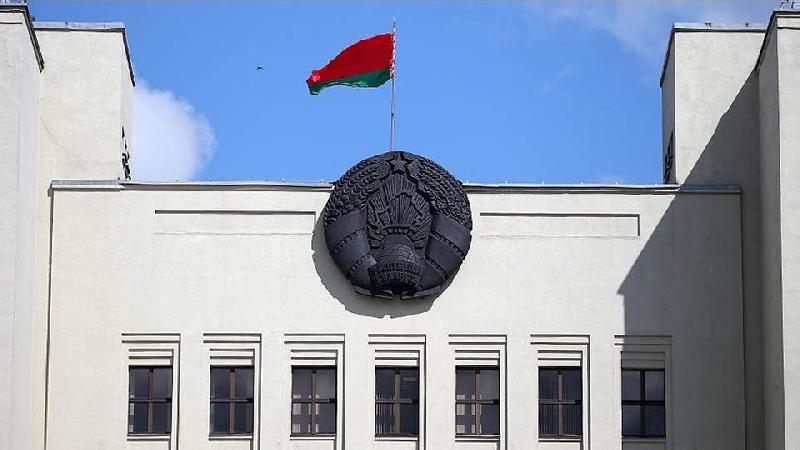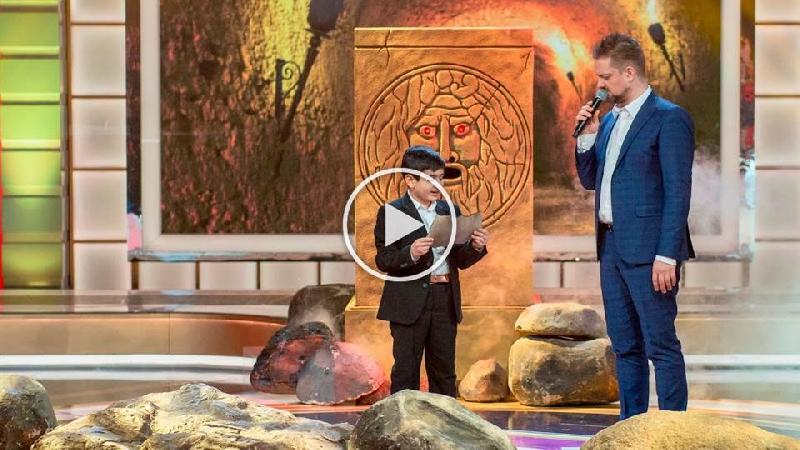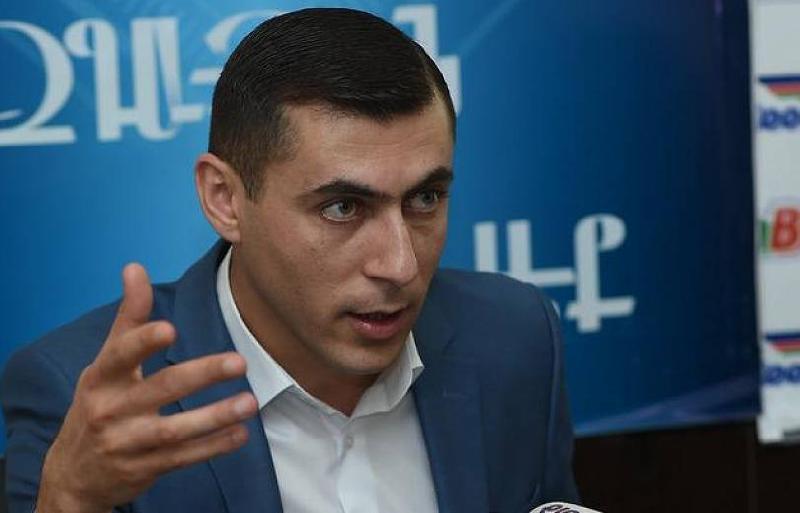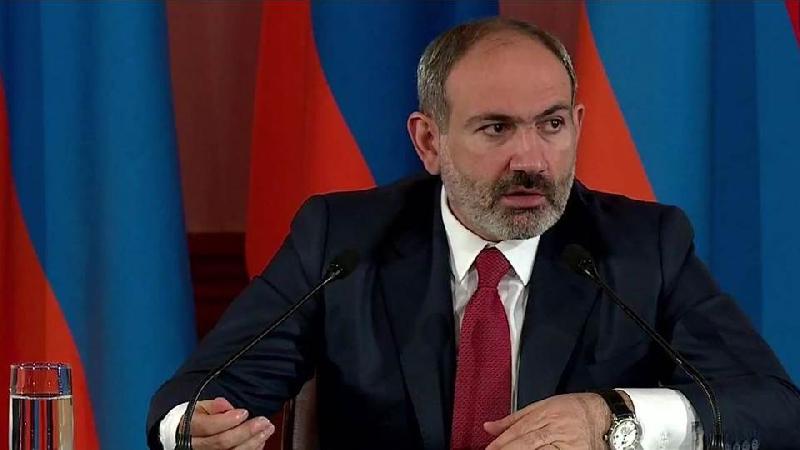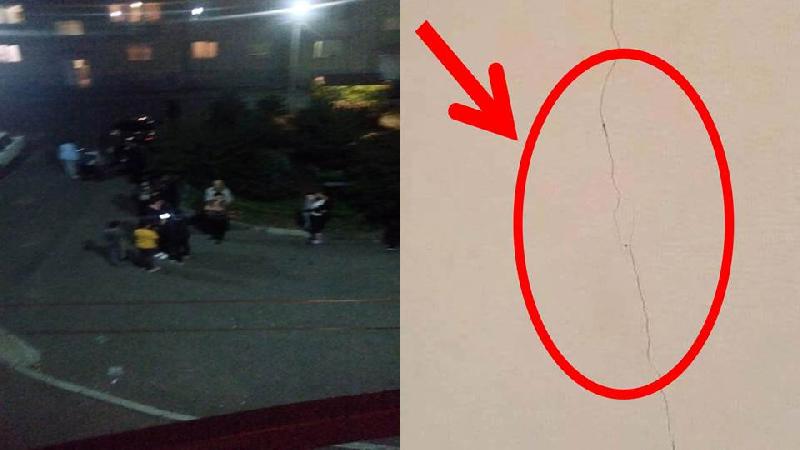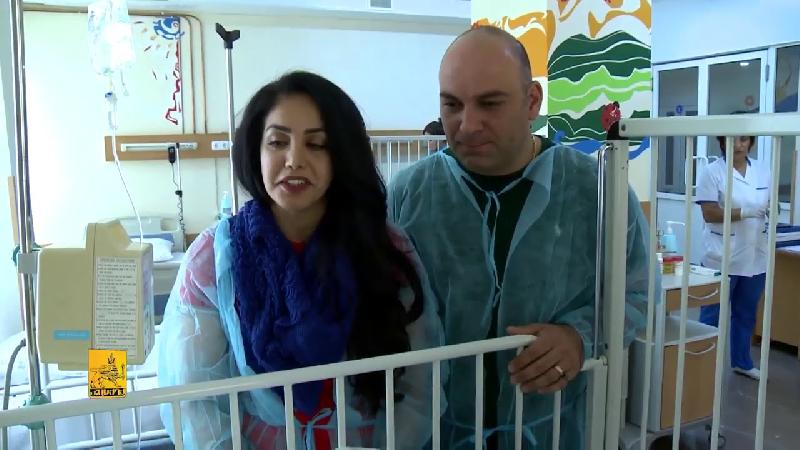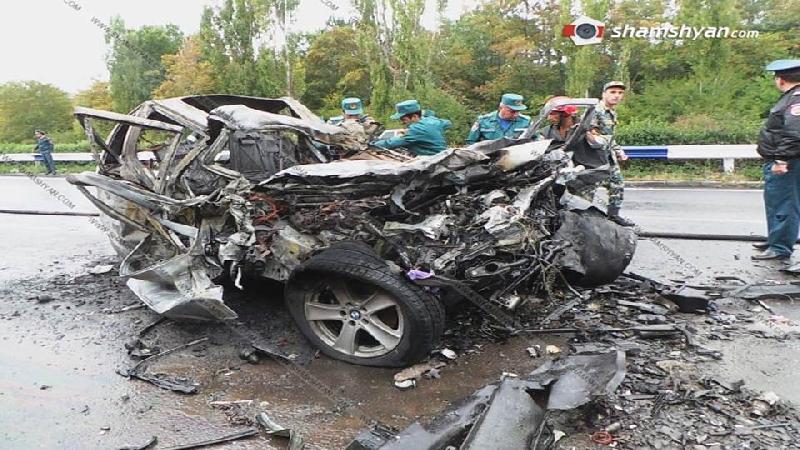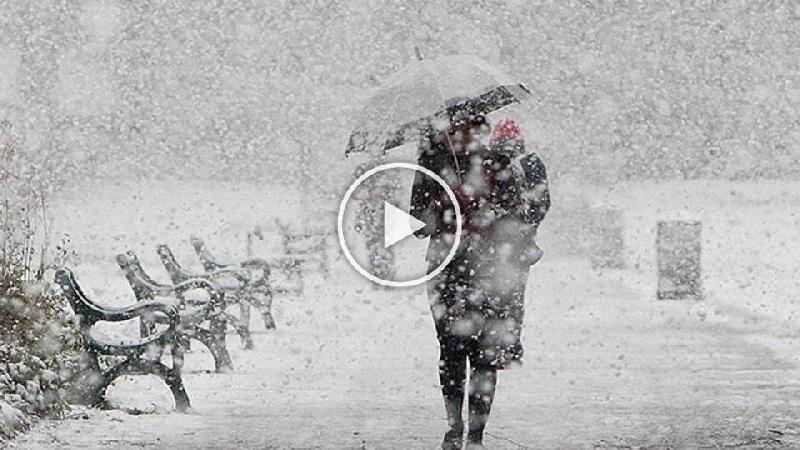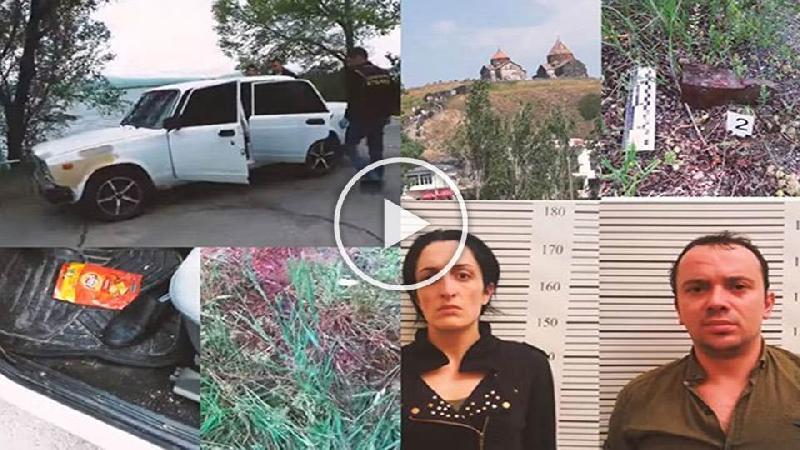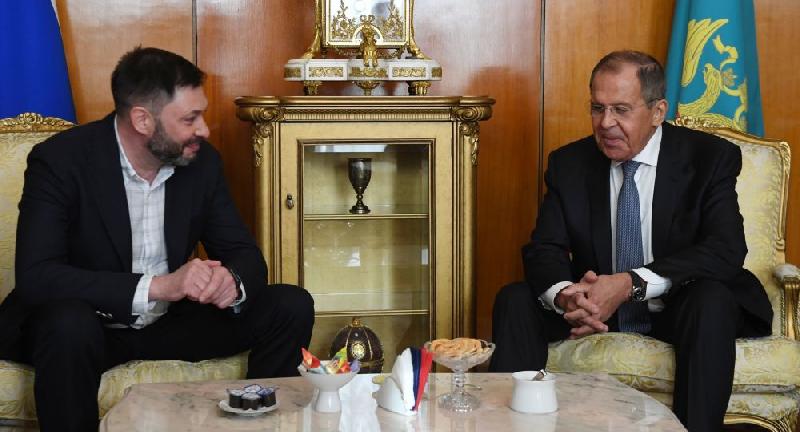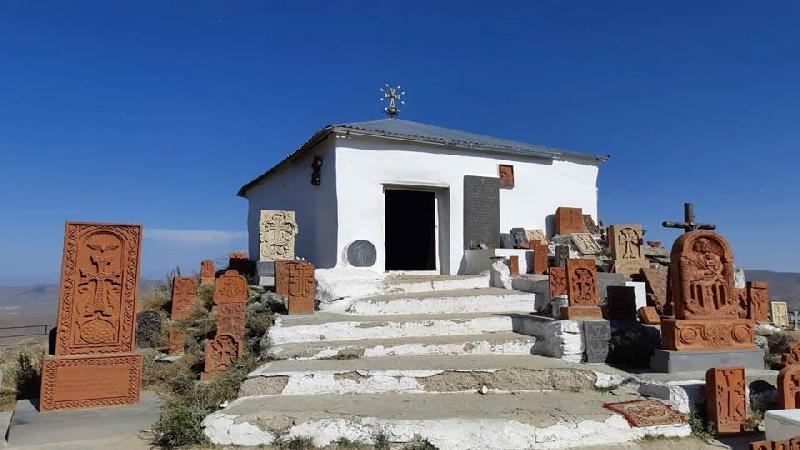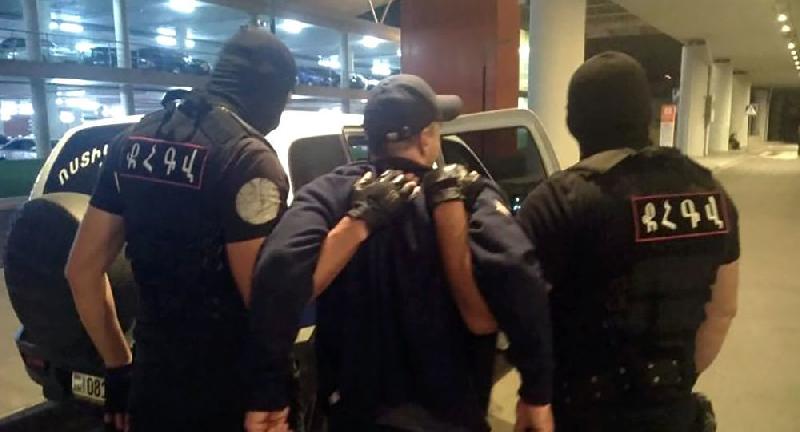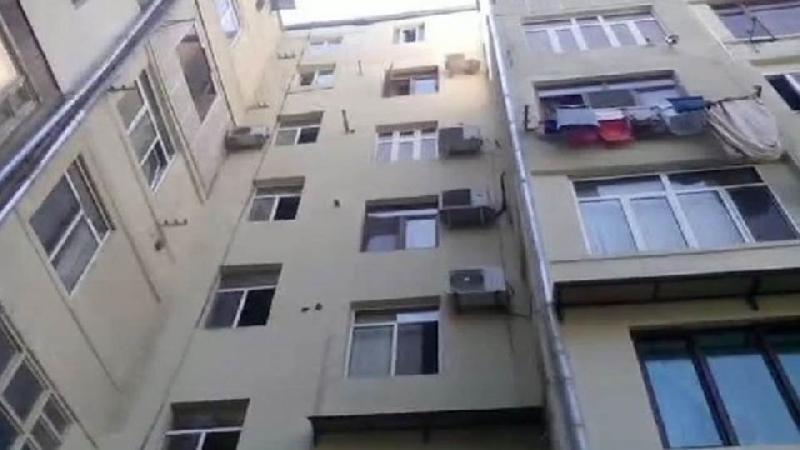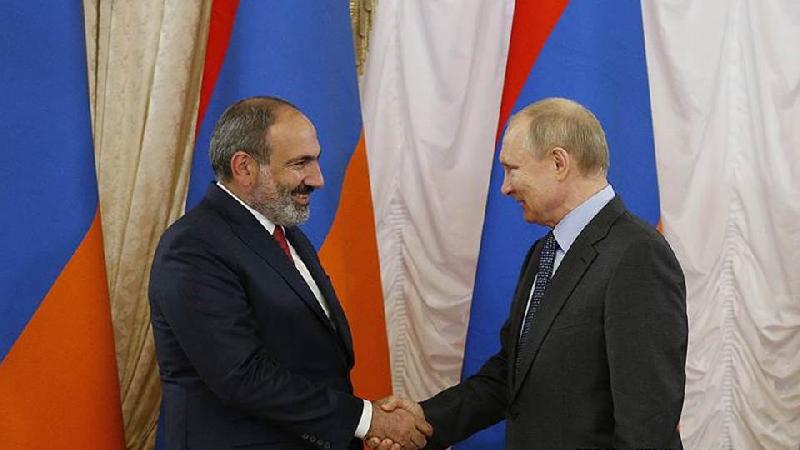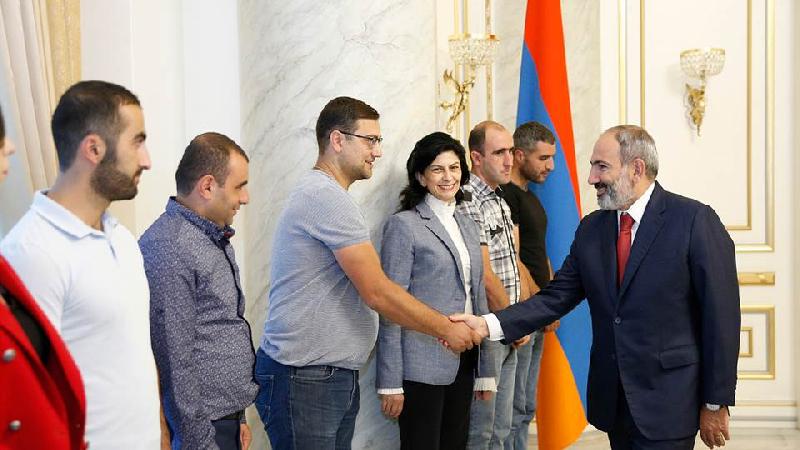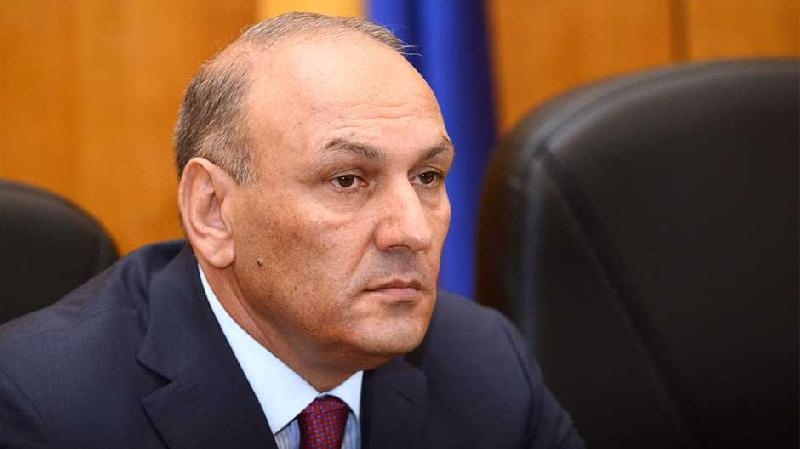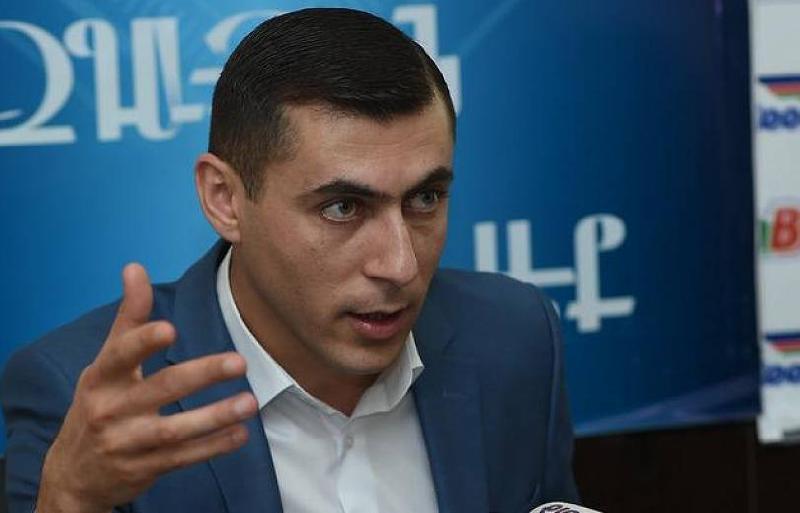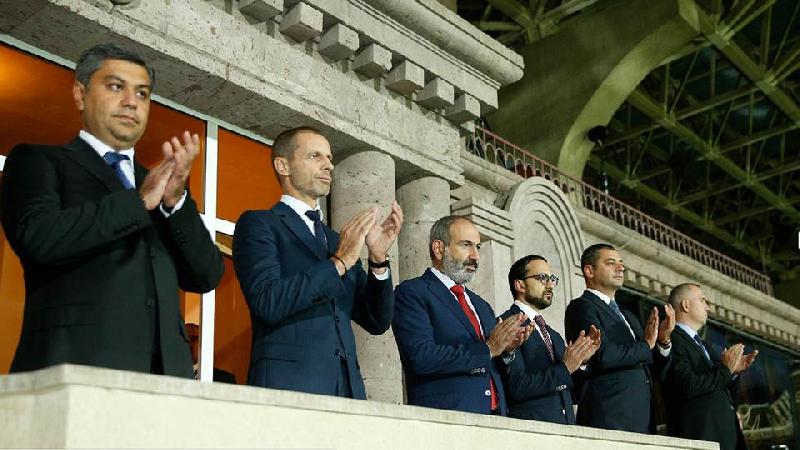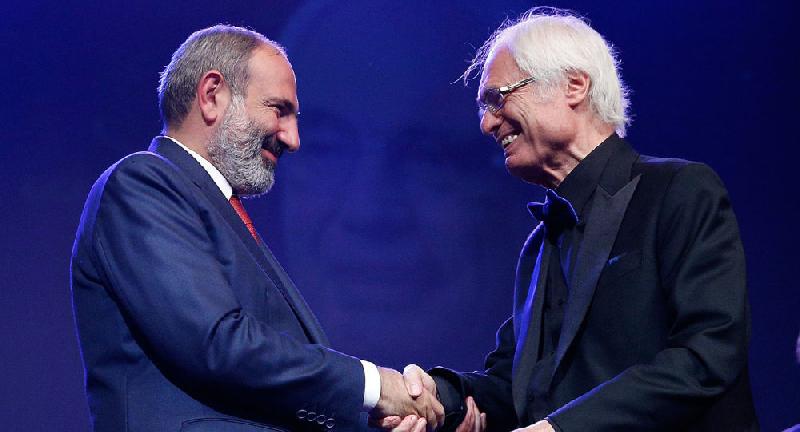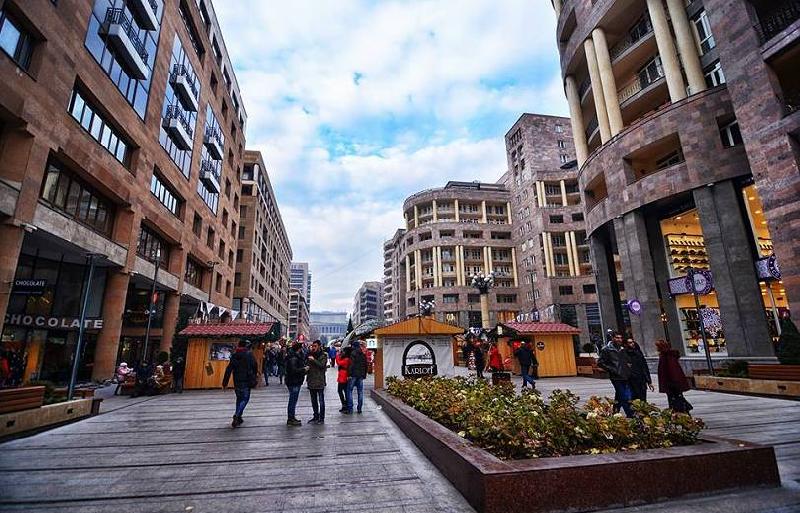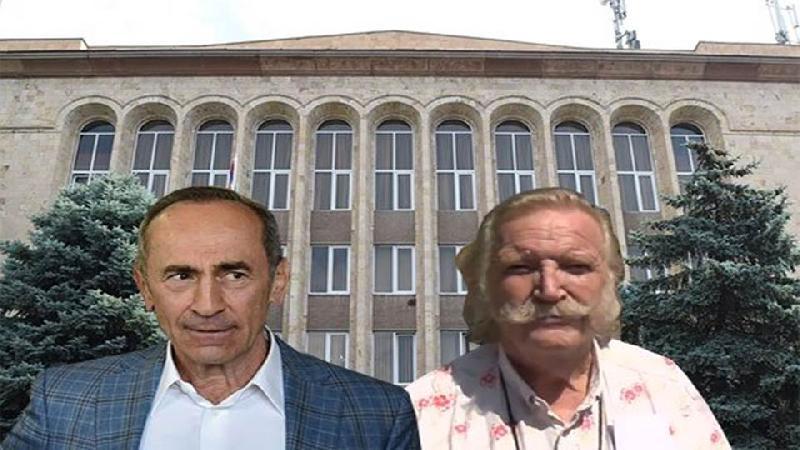In recent weeks, the threat to Armenian statehood has shifted from Artsakh to Syunik, yet Azerbaijan remains vigilant in unleashing barbaric attacks on the second Armenian republic. In its policy of destroying Armenia and everything Armenian, the vile neighbor remains true to its traditional war with... stones. Recently, it was revealed that the occupiers erected a structure on the territory of Shushi's northern Armenian cemetery, destroying the graves of prominent Armenian figures who contributed to the city's development at various times. Artsakh specialists managed to obtain a satellite image provided by Caucasus Heritage Watch.
The editorial staff of "Voice of Armenia" received information from Artsakh about this historical and cultural heritage site. Shushi's northern cemetery covers an area of 4.5 hectares, bordered by the city's fortress wall to the south, the Stepanakert-Goris-Yerevan highway to the north and northwest, and abutting a gorge to the east, extending from the fortress wall to the northeast, which serves as the boundary between the Armenian and Persian cemeteries. Despite the 3-kilometer distance between them, both areas can be considered part of the old Armenian cemetery, as the Persian section contains the burials of prominent Armenian dynasties—the Jalalians, Turumians, Shahnazarians, and others. Not far from the winding road is the cemetery of the Karadyagi princely dynasty, a vassal of Persia. Prince Mangasar Arzumanyants (1879-1904) and philanthropist Mirzabek Melik-Mezhlumyants (1865-1903) are buried here. In the central part of the cemetery, separate plots belong to the Jalalyants and Rafaelyants families from the village of Gandzasar, as well as the Tarumyans, city architect Mikael Yesayants and his wife Anna, daughter of Hambardzum Petrosyants, the Bejanyans, the Yakhshunts, and the Dolukhanyans, a family of hereditary military personnel.
Before the autumn war in Artsakh, 275 Armenian graves and tombstones were discovered and recorded in the cemetery. Among the prominent Armenians buried here is Lieutenant Colonel Isaac Garamyants (1821-1886), who captured Shamil, the leader of the Caucasian highlanders. This fact is confirmed by the Georgian officials Orbeli and General Chavchavadze, who were held captive by Shamil. The northern cemetery of Shushi contains the mausoleum of Mikael Kazaryants, who died a hero's death on the battlefields of World War I in 1914, and the grave of Father Yeghishe Shamakhetseantz, who served in the Church of St. Jesus Christ the Savior Ghazanchetsots. Also buried here is Sona Kagramanyants (1864-1883), who donated a silver cross to the Church of Surb Hovhannes Mkrtich, known as Kanach Zham and now destroyed by the Azerbaijanis. Thus, the cemetery is not simply a burial site; it has significant historical significance.
"We recently received information that the Vankasar church, located on the hills of the Tigranakert settlement, is under threat of destruction. It was built in the late 5th - early 6th centuries by the ruler of Artsakh and Utik, and not Caucasian Albania, as it is listed in the Russian-language Wikipedia, Vachagan Barepasht (Vachagan the Pious) and is now located in the territory of Artsakh occupied by Azerbaijan. The first encroachment of enemy forces on this ancient Armenian shrine was the installation of the Azerbaijani flag on it instead of a cross, and now the very existence of the Vankasar church is under threat, - comments on the situation, researcher at the Center for Caucasian Studies of the Mesrop Mashtots University, member of the Public Council for Cultural Heritage "COHEP" (Artsakh) Hovik Avanesov. - Information about the destruction of Armenian cemeteries comes in daily. Thus, in In the enemy-occupied Hadrut region of Artsakh, they are partially or completely destroyed in some places, and the tombstones, according to Azerbaijani tradition, are used for construction purposes. As for the Armenian cemeteries of Shusha, their grave inscriptions, bas-reliefs, and sculptures contain a wealth of information about the centuries-old Armenian presence here, as well as the arts and crafts that developed in the city and its environs during different eras. Simon Ter-Hakobyants, the architect of the Christ the Savior Cathedral, Ghazanchetsots, is also buried in one of the Shusha cemeteries. Fortunately, over the past 20 years, various researchers have studied, described, and preserved photographic and video materials, as well as documents, on the Shusha cemeteries. This information will make it possible to use against Azerbaijan's desperate attempts to Albanianize the historical-Armenian cultural heritage of Artsakh and appropriate its history.
According to Ovik Avanesov, the so-called Azerbaijan Academy of Sciences recently published a paper in which it labeled another famous monument of Armenian history, the Amaras Monastery, as Albanian. Grigoris, the grandson of Gregory the Illuminator, is buried there, and Mesrop Mashtots, the creator of the Armenian alphabet, founded the first Armenian school, initiating the spread of the Armenian alphabet. Caviar scholars are not only trying to spread their false information but also to use their "facts" as a bargaining chip to discourage Armenian pilgrimages to their own historical and cultural monuments and, conversely, to lure the Udis to Amaras.
"ANOTHER SPHERE IS UNDER THREAT, WHICH IS NOT MENTIONED TODAY AS PUBLIC DISCOURSE OR SOS INFORMATION. This is the rich folklore material of the Armenian people, created over the centuries in the currently occupied regions of Artsakh," continues Hovik Avanesov. "The residents of these regions, living on their land, preserved the pearls of oral folklore, inherited from their ancestors and passed on to new generations. Some of the folklore material has been published, but the language dialects and vernaculars are under threat, and will begin to disappear if the population does not return to their homeland. Documented studies of the dialects and vernaculars of the Artsakh branch of the Armenian language remain in the territories occupied by the enemy and, apparently, have already been destroyed. It is necessary to intensify the creation of a linguistic and folklore base with the participation of both scientists and residents of the regions of Artsakh in order to preserve this part of the heritage of our people, and to involve students from the faculties of philology, journalism, and cultural studies in the work." universities of Artsakh and Armenia, offering them these topics as coursework and diploma theses."
After the war, Artsakh's libraries, with their vast collections of not only fiction but also scientific and educational literature, remained in enemy hands. According to Ovik Avanesov, these will become (if they haven't already become) the central focus of Azerbaijani studies. It would be easy for the "Neighboristan" propaganda machine to replace certain titles, names, and phrases in these textbooks and present Armenian history, complete with reliable facts, as their own. The rich library of the Kachar Scientific Center also remained in occupied Shushi, containing valuable literature on Armenian studies of Artsakh, journals and bulletins published in the diaspora, archival materials related to the period of the Karabakh movement, collected over 30 years, as well as a vast archive of Artsakh periodicals—virtually all issues of newspapers and magazines published in Artsakh at various periods and archived by region.
"WE WANTED TO CREATE A GENERAL COLLECTION OF ALL Artsakh periodicals IN A SINGLE CENTER so that researchers could use it in their work. Part of the archive that ended up in Azerbaijani hands will be destroyed, while the other part will be claimed by Azerbaijani 'scholars' and used to train special forces and the KGB against Armenians," Ovik Avanesov is confident. "To prevent these threats, the Armenian side must immediately begin serious negotiations at all levels, including with Russian peacekeepers, to reclaim the archives remaining in the hands of the occupiers, especially since attempts were made to inventory our seized property, and the peacekeepers were collecting information on materials belonging to state and public organizations, private individuals, etc.
To save historical and cultural monuments and sacred sites, we must use all available means and raise these issues in discussions with Metropolitan Kirill, Patriarch of All Rus', as not only Armenian monuments, but also Soviet monuments, museums, cemeteries, and other sites that embody our shared history with the Russian people are under threat. From a slightly different perspective, we must also engage the Vatican, demonstrating that the Azerbaijani-occupied territories of Artsakh contain the heritage of the entire Christian world, an important part of which is Armenia, the first country to officially adopt Christianity. We must engage in serious work with Iran, as Iranian mosques remain in Artsakh, which we Armenians carefully preserved and restored, and which Azerbaijan is now attempting to appropriate. There is a tremendous amount of work to be done, and it cannot be delayed.
Magdalena Zatikyan, "Voice of Armenia"

